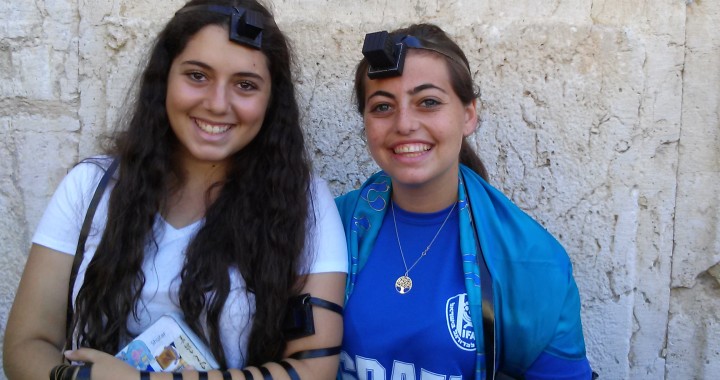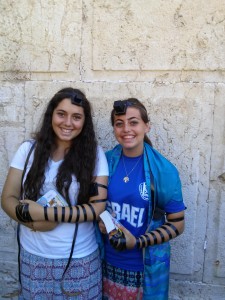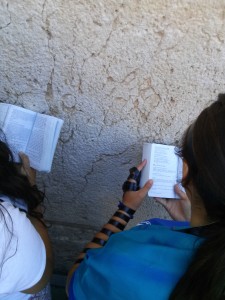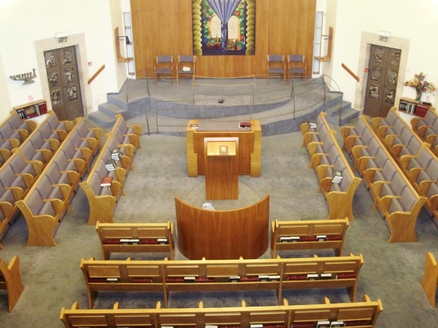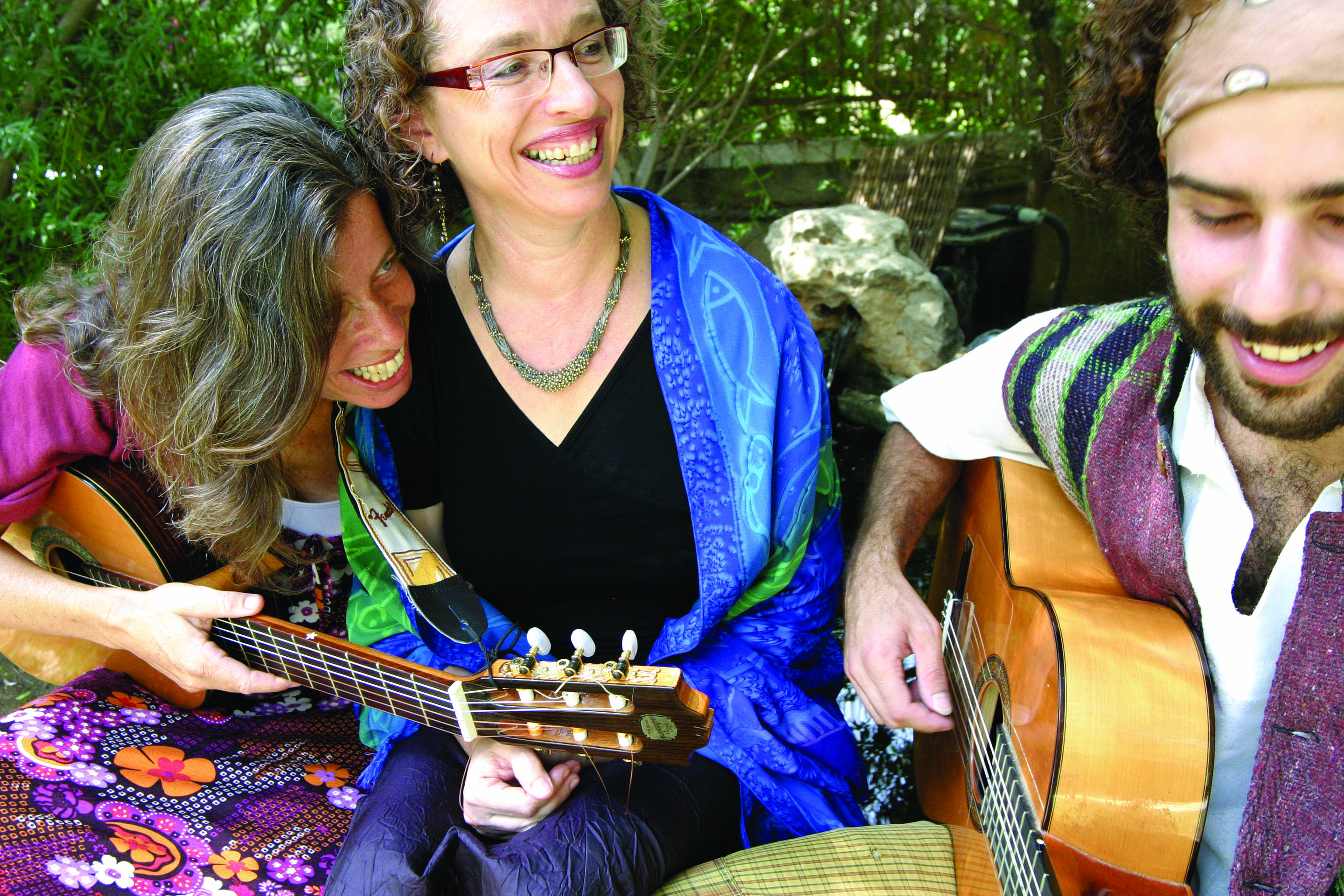Parshat Miketz – Torah From The Holy Land
Torah: From Canaan to Exile (and Back)
In last week’s parasha, Joseph is an incredibly passive character. His father loves him more. God reveals a prophecy to Joseph through his dreams. His brothers hate him. His father sends him to check on his brothers, and they throw him in a pit. The list goes on until the very end of the parasha, when Joseph asks the cupbearer to remember him when he is set free, and the parasha tragically ends with the cupbearer forgetting him. Two years later, Pharoah dreams, and Joseph is brought to interpret them. Then, in a matter of lines, Joseph goes from lowly and despised to the Viceroy of Egypt.
Rabbi Jonathan Sacks notes this quick change, and comments that “the story is telling us something fundamental about the relationship between our dreams and our achievements. Joseph was the great dreamer of the Torah, and his dreams for the most part came true. But not in a way he or anyone else could have anticipated… There is no achievement without effort. That is the first principle. God saved Noah from the flood, but first Noah had to build the ark. God promised Abraham the land, but first he had to buy the cave of Machpelah in which to bury Sarah. God promised the Israelites the land, but they had to fight the battles. Joseph became a leader, as he dreamed he would. But first he had to hone his practical and administrative skills, first in Potiphar’s house, then in prison. Even when God assures us that something will happen, it will not happen without our effort. A Divine promise is not a substitute for human responsibility. To the contrary, it is a call to responsibility.” Professor Ben Sommer also notes a similar phenomenon, pointing out that the entire enslavement of the Israelites is so that they would learn building skills, to later built a house for God. There’s something in every situation that we need to learn, so we can be ready for our real work manifesting the Divine in our world. This parasha is the beginning of B’nai Israel’s first experience in galut, exile, setting the stage later for the first conquest of Eretz Yisrael. Now that Jews have returned Israel, we too need to ask what was the lesson of exile that Israel is supposed to learn now?
Rabbi Isaiah Ha-Levi Horowitz (1558–1630), called the Shlah, taught: “He who dwells in the Land of Israel must always remember its name, K’na’an, which teaches servitude and subservience (hakhna’ah) to God.” And then he continues, “Thus, may it be granted you to be (that is, to think of yourselves as) strangers in your land, as David said: ‘I am a stranger in the land: hide not your commandments from me’ (Psalm 119:19). From this we learn that the settlers in that land must, as strangers, be in a state of ongoing subservience (Hebrew: yoshvei ha’aretz tzerikhin lihyot behekhneia) and not make the settling of the land into the essential element of the enterprise.” This is a powerful statement; he is claiming that there is something much more essential to Israel than only the land itself. He demonstrates this with an example, the opening words of last week’s parasha: “And Jacob settled . . . in the land of Canaan (Genesis 37:1). Jacob sought to settle in tranquility [then the turbulence of Joseph sprang upon him], for it is a land ‘that devours its settlers’ (Numbers 13:32), eliminating those who want to sit in it with quietude, relaxation, and validity, to eat of its fruit and enjoy it thus.” There is an essence to the land which causes the dweller to be in a state of exile, even while inhabiting the land.
Rabbah Tamar Elad-Applebaum comments in “Process Theology and Eretz Yisrael” that this feeling of galut, exile, is actually necessary to dwelling in the land. Eretz Yisrael is “an educational environment designated to become a spiritual training space for believers, training them to settle it while always in motion. (This can give a greater understanding regarding the role of exile in training the nation for its eventual return to Eretz Yisrael.)” Settling the land means that we must be willing to relinquish our ownership over it to the one who created it, having faith that we will be sustained and that we will be able to survive in the land. And it’s exile that has trained Jews for centuries in this art of faith. From place to place we have wandered, seemingly comfortable and prosperous one day, and fleeing with few possessions the next. According to the reasoning of Rabbi Sacks above, these lessons in galut are necessary actions, that when learned allow us to inhabit the land of our ancestors, and not, as Rabbah Tamar reminds us, be spit out. May we be blessed this week to become active participants in our own lives, and may we have the strength to reinvent ourselves so that we may deepen our relationship with the Holy Blessing One.
Hanukkah: Strangers in Our Home – R’ Sholom Brodt
“On every other holiday you don’t need a house. On Chanukah you need a house to kindle light at the door. On Chanukah when I see someone else kindling, I also say a blessing. When do I know that I’m at home with the Torah? When do I know that the light of the Torah is really my own? If I blow my mind over everyone else’s good deed and I can’t control myself, I have to say a blessing over it.
It is possible to live in the same house as your wife and children and be strangers t…o one another. On Chanukah every person in the house is kindling light; every night the light is becoming stronger and deeper and more.
Our age is the age of strangers. We’re strangers in our own homes; we’re strangers in our own land; we’re strangers in our own religion.
Let this Chanukah open the gates for all of us — the lights of Chanukah at the gates to show how holy everyone else is. Let this Chanukah give us the strength to bring light to the whole world, because people only hate each other when they have no home. So our light of Chanukah will show the whole world how deep life is — how deep it is to serve G-d.”
You can view a PDF of this week’s parasha here.
Sam Blustin is an alumnus of the Conservative Yeshiva (2014-2015) and a current Rabbinical student at the Jewish Theological Seminary (Class of 2020). You can view more divrei Torah at www.samblustin.com or contact Sam directly at samblustin@gmail.com.


